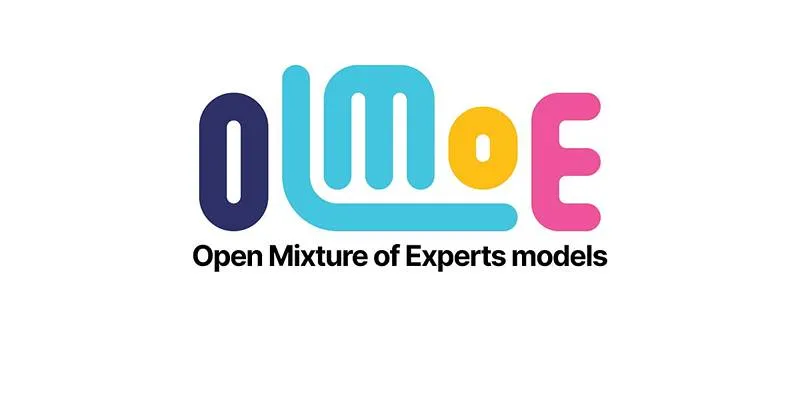Large language models (LLMs) are at the forefront of the rapid evolution within the artificial intelligence (AI) domain. For developers and AI enthusiasts, understanding their mechanics is crucial. The Hundred-Page Language Models Book serves as an excellent technical manual for mastering LLMs, breaking down complex concepts into manageable explanations. The book comprehensively covers model architecture and training methods.
This resource helps readers establish a solid foundation in natural language processing. Regardless of your expertise level, this guide provides insightful analysis, simplifying key concepts for efficient learning. Its clear methodology ensures that anyone looking to deepen their understanding of LLMs will find it invaluable.

Understanding the Basics of Large Language Models
Large language models are sophisticated AI systems trained on vast amounts of text data. Inspired by sensory cues, they respond in a human-like manner. The book uses simple yet powerful analogies to explain these concepts, covering essential topics such as tokenizing, embedding, and attention mechanisms. Readers gain a clear understanding of the fundamental building blocks of LLMs.
A major focus is the transformer architecture powering modern LLMs, with an emphasis on self-attention, crucial for language understanding. The book also explores the two key stages of model development—pre-training and fine- tuning—with precise explanations. Another critical aspect is the role of training data, as effective pattern learning in LLMs hinges on large datasets. The book explains how data influences biases and model performance, a fundamental insight for working with AI-driven applications.
The Role of Training and Fine-Tuning in LLMs
Training an LLM involves feeding it extensive datasets and adjusting model parameters, enabling it to grasp linguistic patterns. The book demystifies the complex training process for all readers, clarifying both unsupervised and supervised learning techniques that define models’ data-learning behavior. Fine-tuning is vital for developing customized LLMs, and the book details how models are adapted for specific tasks.
Well-tailored models excel in specialized applications like chatbots and summarization tools. The book provides practical tips on using labeled data to enhance performance. It addresses common training issues such as underfitting and overfitting, offering solutions like dropout techniques and regularization strategies to improve generalization. Mastering LLMs requires an understanding of training and fine-tuning processes.
The Transformer Architecture: A Revolution in AI
The transformer model revolutionized natural language processing by introducing a more efficient approach to handling language data. The book offers a detailed analysis of how transformers operate, clarifying how attention mechanisms capture word relationships. Self-attention enables models to focus on relevant words in a sentence, improving response accuracy and contextual understanding. Practical examples illustrate these concepts, demonstrating how transformers outperform traditional models like RNNs and LSTMs.
Another crucial feature of transformers is positional encoding, which helps models understand word order in sentences. The book explores how this system enhances language comprehension and discusses the benefits of multi-head attention, allowing models to analyze multiple sentence elements simultaneously. The book’s clear explanations make learning about transformers accessible.
Practical Applications of Large Language Models
LLMs are transforming various industries, from customer service to healthcare. The book highlights practical applications such as summarization, translation, and content creation, showcasing LLMs’ ability to handle diverse language tasks. In the realm of conversational AI, virtual assistants and chatbots utilize LLMs to respond in human-like ways. The book explains how businesses integrate these technologies into their services.
LLMs are also crucial in content creation, helping writers and marketers generate high-quality text efficiently. In healthcare, LLM-powered tools assist doctors with research and diagnosis, analyzing medical literature. Understanding these applications allows readers to appreciate LLMs’ societal impact.

Challenges and Ethical Considerations in LLM Development
Despite their benefits, LLMs pose certain challenges. The book discusses significant ethical issues related to AI models, including how training data biases can affect model outputs. In AI, biases may perpetuate misinformation and stereotypes, and the book offers strategies to mitigate these issues. Data privacy is another concern, as LLMs raise security issues by learning from large databases. The book advocates for protecting private data and addresses methods to ensure ethical AI use.
Another challenge in LLM development is energy consumption, as training these models requires substantial computational resources. The book highlights efforts to create more efficient AI systems and explores research aimed at reducing the energy demands of model training. These ethical discussions are crucial for developing responsible AI.
Why This Book Is a Must-Read for AI Enthusiasts
The Hundred-Page Language Models Book is a concise yet comprehensive resource, simplifying complex AI concepts into understandable explanations. Its methodical approach makes it ideal for both beginners and experienced practitioners. The book covers everything from LLM fundamentals to advanced topics like transformers, offering insights into ethical considerations, fine- tuning, and training.
For those working in AI, the book provides essential practical knowledge. Its depth and clarity make it a unique resource for understanding LLMs. Whether your focus is research, development, or education, this book is a valuable investment. It balances accuracy with streamlined technical details, making it a must-read for anyone interested in AI.
Conclusion
Mastering LLMs requires a strong understanding of their architecture and training strategies. The Hundred-Page Language Models Book offers a clear, structured roadmap, simplifying key concepts for everyone to learn. Covering fundamental AI topics from transformers to ethical considerations, the book is invaluable for researchers and developers alike. It is an essential read for anyone interested in advancing their AI knowledge and exploring the latest developments in artificial intelligence.
 zfn9
zfn9























